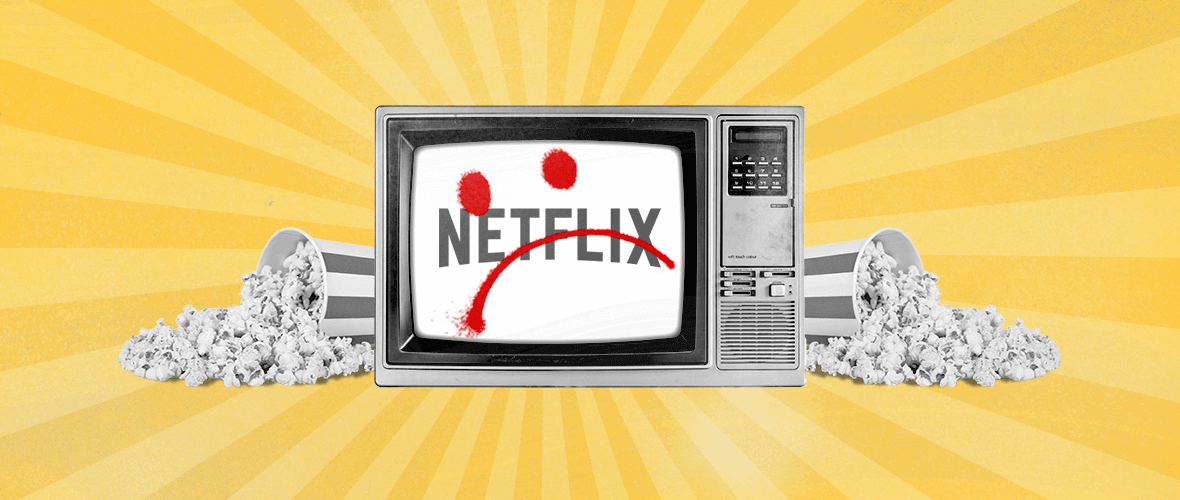Millennials Are Not Your Target Audience
Millennials have been making headlines for quite a few years now. When they are not overtaking the work place, they are busy killing industries, obsessing over food (read: Avocado Toast) or ditching religion for astrology.
With about 83 million millennials in the U.S., they represent more than one quarter of the nation’s population and spend $600 billion annually (28% of all daily per-person consumer spending). That makes them an ideal target audience for businesses. Or does it?
The exact definition of millennials in terms of when they were born vary a bit depending on the source, but according to census data, millennials are those born between 1982 and 2000. That makes them approximately between 17 and 35 years old today.
Now, a 17-year-old millennial in high school who has never lived away from his/her parents and is busy applying to colleges is not the same consumer as the 35-year-old millennial who is married, a homeowner, has two children in elementary school and is busy juggling a full-time job with family time, soccer practices and dance rehearsals. Or, what about the 24-year-old millennial who just graduated from college, started his/her first full-time job and rents an apartment with two roommates? And these three simplified audience profiles don’t even include the important cultural and socio-economic differences that also help define consumers within this generation.
So why are we talking about generations and what do they really mean? We are shaped by the political, economic and social events that occurred during our coming-of-age years when we were about 16-21 years old.
They influence:
- Who we are, how we think and how we behave
- How we want to be seen and treated
- What we want, need and find relevant and motivating
- How we get and process information and make decisions
- How we react to imagery and messages
For millennials, these defining events include 9/11, Barack Obama becoming president, the global financial crisis and the Great Recession, the wars in Afghanistan and Iraq, and the rise of social media.
Generally speaking, millennials are known as being digital natives who view social media as a way to enrich their lives, with mobile as the preferred method of communication. They are ethnically and culturally diverse, and having been hit hard by the recession, struggle with student debt and tend to earn less than previous generations. They are looking for work-life balance and to make the most of their leisure time. They want personalized, customized experiences and messages that make them feel informed and involved.
While information like this gives us some valuable insights in to the mindset of a generation and helps explain how and why generations differ from each other, it is important not to think of these cohorts as large homogenous groups. Knowing what defines millennials, does not give us enough information to base a solid marketing strategy on, as you cannot expect one quarter of the U.S. population to have the exact same wants and needs or dreams and worries.
So, go ahead and target millennials, just don’t make that label the sole definition of your audience.





